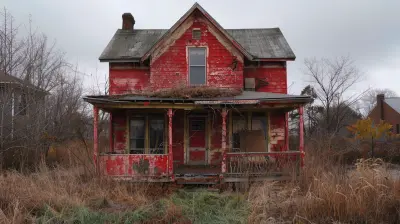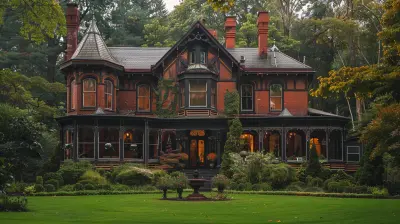Understanding Ordinance or Law Coverage in Homeowners Insurance
25 October 2025
Homeownership comes with a lot of responsibilities, and one of the most crucial aspects is ensuring your property is adequately insured. While most homeowners insurance policies cover damage from common perils like fire, storms, and vandalism, many people don’t realize that rebuilding your home to comply with updated building codes can be an expensive surprise. That’s where Ordinance or Law Coverage comes in.
If you're scratching your head wondering what that is, don’t worry. We’ll break it down in easy-to-understand terms, so by the end of this article, you’ll know exactly why this coverage is essential and how it protects you from unexpected costs. 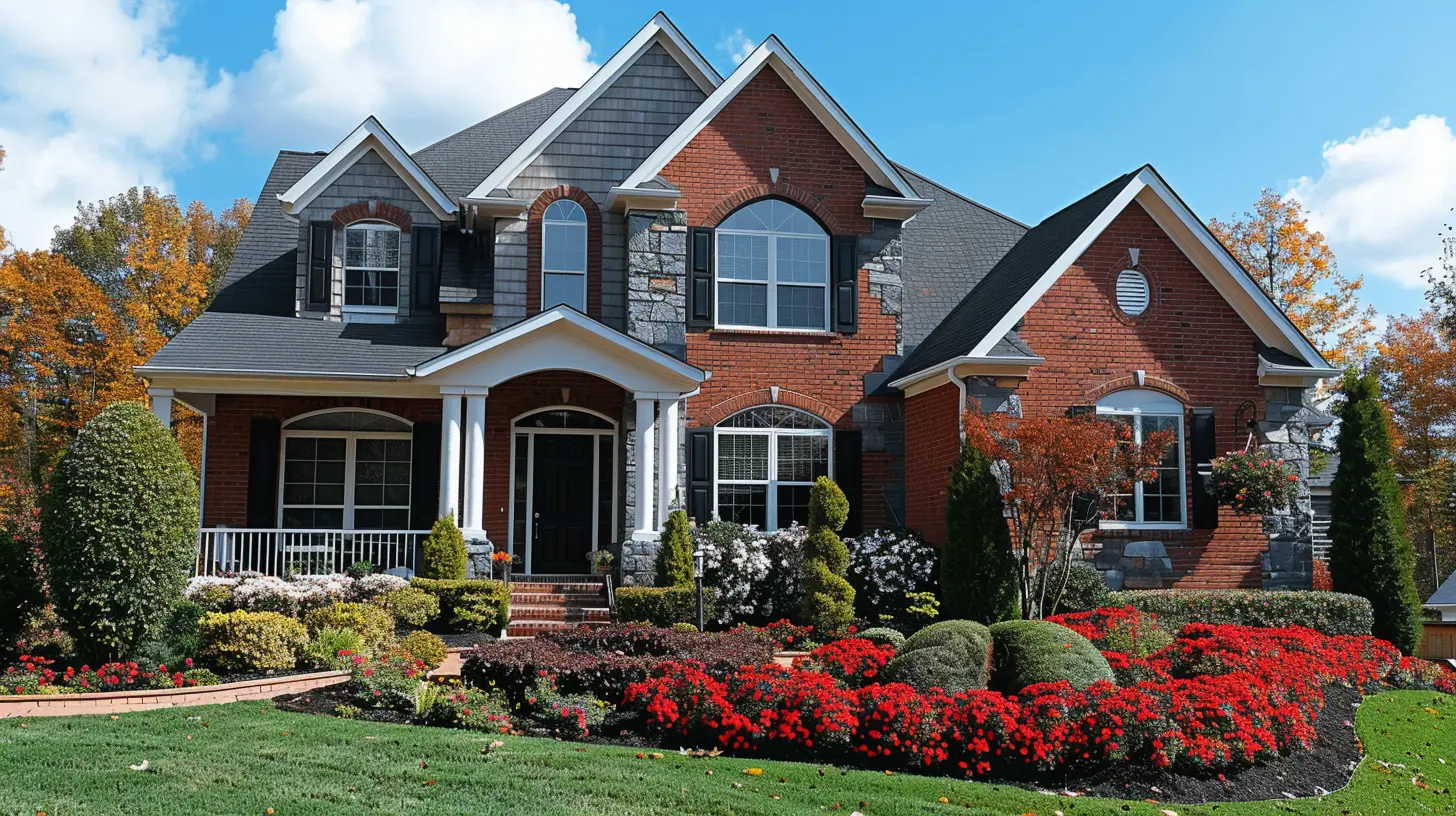
What Is Ordinance or Law Coverage?
Imagine this: A storm severely damages your home, and you need to rebuild part of it. But there’s a catch—since your house was built years ago, the local building codes have changed, and now you have to make upgrades to comply with current laws. Unfortunately, your standard homeowners policy likely won’t cover these additional costs.This is exactly where Ordinance or Law Coverage steps in. It helps cover the extra expenses associated with rebuilding your home according to updated codes and regulations. Without it, you could end up paying out of pocket for costly upgrades that are legally required but not covered under a standard policy. 
Why Is Ordinance or Law Coverage Important?
Many homeowners assume that if their house is damaged, their standard insurance will pay for repairs or rebuilding. While that’s true for covered losses, insurance policies often only restore the property to its previous condition, not its legally required one.What Does That Mean in Real Life?
Suppose your home was built in the 1980s and doesn’t have modern energy-efficient wiring or fire-resistant materials. If a fire damages your home today, local building codes may require these upgrades before you can rebuild. That could add thousands of dollars to your repair costs. Without Ordinance or Law Coverage, you’d have to foot that bill yourself.Simply put, this coverage ensures you’re not left in financial distress when laws demand costly improvements. 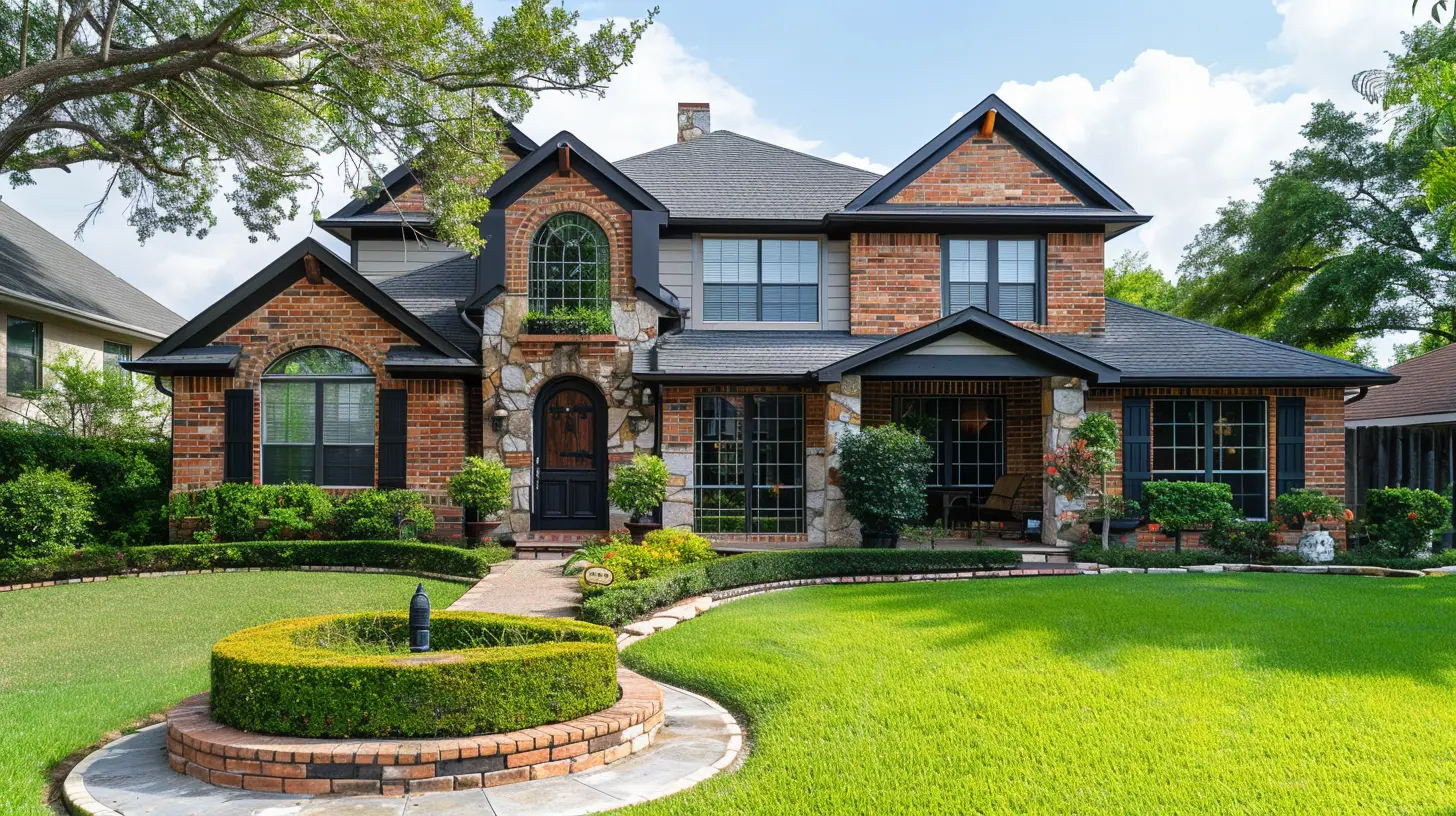
What Does Ordinance or Law Coverage Cover?
This coverage typically includes three main components:1. The Undamaged Portion of Your Home
If part of your home remains intact after a disaster but local codes demand you tear it down entirely and rebuild, this coverage helps pay for the complete replacement. A standard policy only covers the damaged part, leaving you responsible for the rest.2. Demolition Costs
Demolishing a damaged structure isn’t cheap. If building codes require you to demolish more than just the damaged section of your home, this part of the coverage helps cover the teardown and debris removal costs.3. Increased Cost of Construction
This is arguably the most important part. If rebuilding costs more due to updated codes (e.g., better insulation, new electrical wiring, or storm-resistant materials), this coverage helps pay for those required upgrades.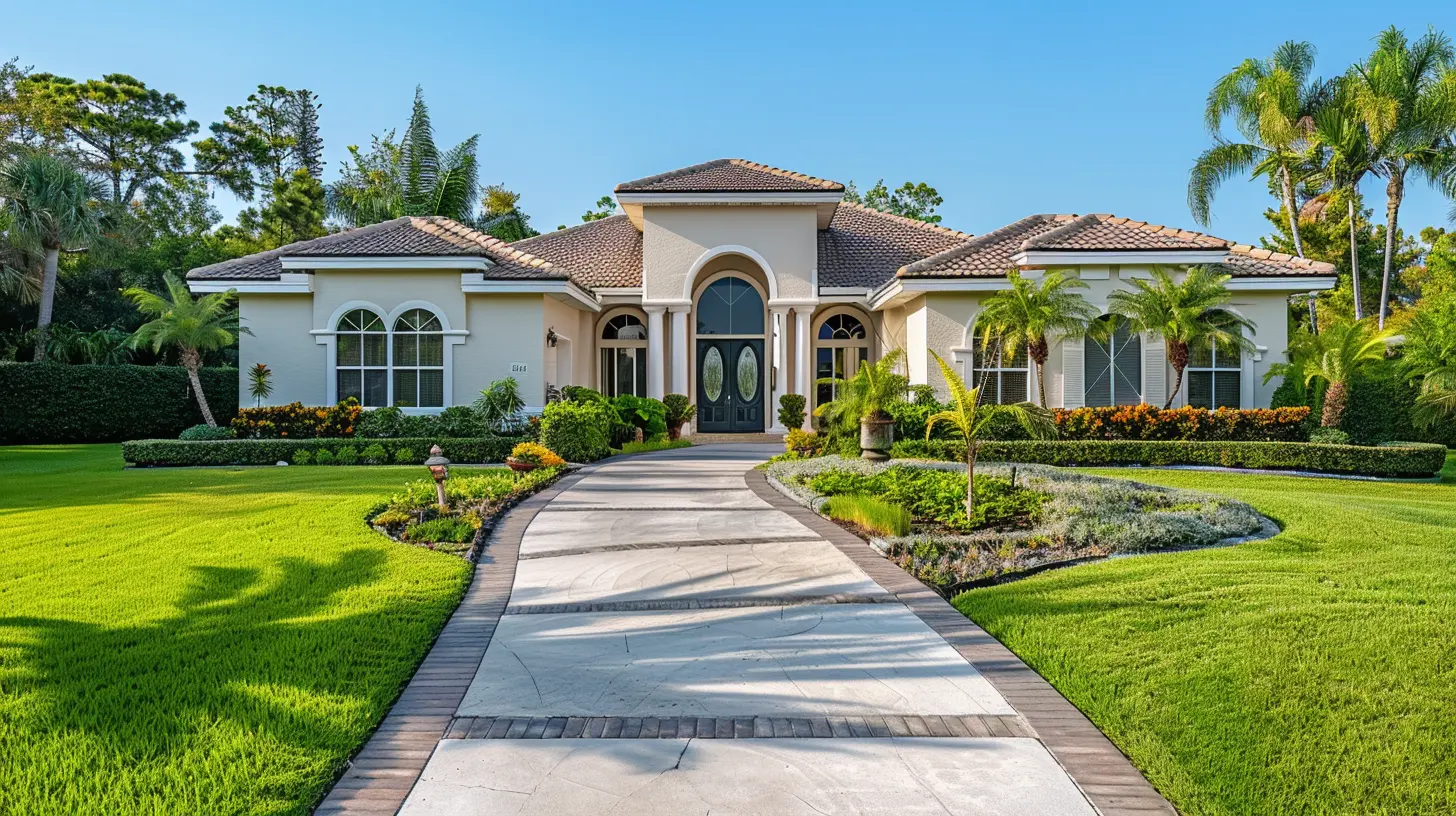
How Much Ordinance or Law Coverage Do You Need?
The amount of coverage you need depends on several factors:- The age of your home – Older homes are more likely to require upgrades to meet modern codes.
- Local building regulations – Some areas have stricter building codes than others.
- Your financial situation – If paying out of pocket for upgrades would be financially difficult, having more coverage can provide peace of mind.
Most policies allow you to adjust the percentage of Ordinance or Law Coverage, typically ranging from 10% to 50% of your dwelling coverage. If your home is outdated or located in an area with frequent code updates, a higher percentage might be a good idea.
Does Every Homeowners Insurance Policy Include Ordinance or Law Coverage?
No! Standard homeowners insurance typically does not include full Ordinance or Law Coverage. Some policies may include a small amount, but it’s often not enough to cover a major reconstruction.If your home is older, it’s worth checking with your insurance provider to ensure you have adequate coverage. Many insurers offer it as an optional endorsement that can be added to your policy for extra protection.
How Much Does This Coverage Cost?
Fortunately, adding Ordinance or Law Coverage to your homeowners insurance is usually affordable, especially compared to the potential out-of-pocket costs if you don’t have it. The cost varies based on factors like your home’s age, location, and the coverage percentage you choose.In general, this endorsement might add a few hundred dollars per year to your premium, but in the grand scheme, it’s a small price to pay for the financial protection it provides.
Real-Life Scenarios Where This Coverage Saved Homeowners
Case Study #1: The Fire-Damaged Home
A homeowner in Florida experienced a fire that destroyed half of their house. Their standard insurance covered the repair costs, but local building codes required fire-resistant roofing and upgraded electrical wiring. Without Ordinance or Law Coverage, they would’ve had to pay an additional $30,000 out of pocket. Luckily, their policy covered the extra costs.Case Study #2: The Windstorm Disaster
After a severe storm in Texas, a homeowner needed to rebuild their damaged roof. However, new codes required disaster-resistant materials. Their basic insurance didn’t account for the upgrade, and they faced a $15,000 gap in coverage. Had they added Ordinance or Law protection, their insurer would’ve covered those extra expenses.Is Ordinance or Law Coverage Worth It?
Absolutely. While it may seem like an unnecessary addition, the reality is that building codes evolve over time. What was acceptable decades ago might no longer meet safety standards today. If disaster strikes, being forced to comply with new regulations can be financially devastating without the right coverage.This endorsement ensures that you’re fully protected—not just to restore your home, but to rebuild it in compliance with current laws without breaking the bank.
Final Thoughts
Your home is one of your biggest investments, and it’s crucial to ensure it’s properly protected. While standard homeowners insurance covers a lot, it doesn’t always account for modern building codes. That’s where Ordinance or Law Coverage comes into play. It helps cover the cost of rebuilding your home safely and legally, so you’re not left with unexpected expenses.If your home is older or located in an area with frequent code changes, consider adding this essential protection to your policy. It might cost a little extra upfront, but it could save you tens of thousands of dollars down the road.
At the end of the day, insurance is about peace of mind, and with Ordinance or Law Coverage, you’ll sleep better knowing you’re prepared for whatever changes come your way.
all images in this post were generated using AI tools
Category:
Homeowners InsuranceAuthor:

Kingston Estes
Discussion
rate this article
1 comments
Kason McLemore
This article beautifully clarifies the often-overlooked importance of Ordinance or Law Coverage in homeowners insurance. It's crucial for homeowners to understand how local regulations can impact their property. Thank you for shedding light on this vital topic—it's a great reminder to ensure our homes are fully protected!
October 25, 2025 at 11:09 AM

